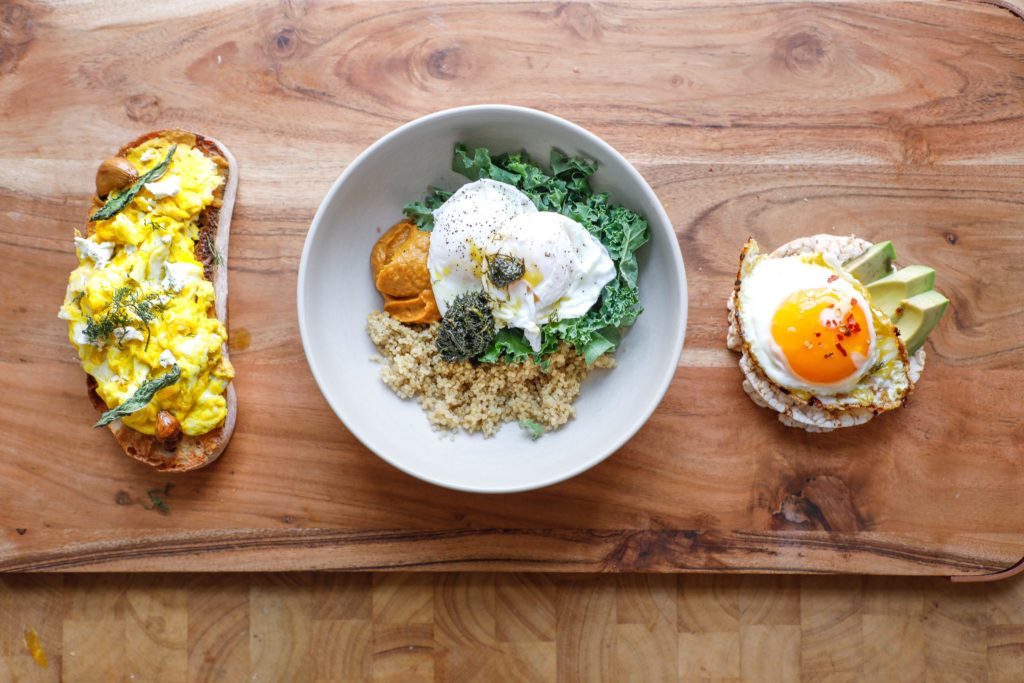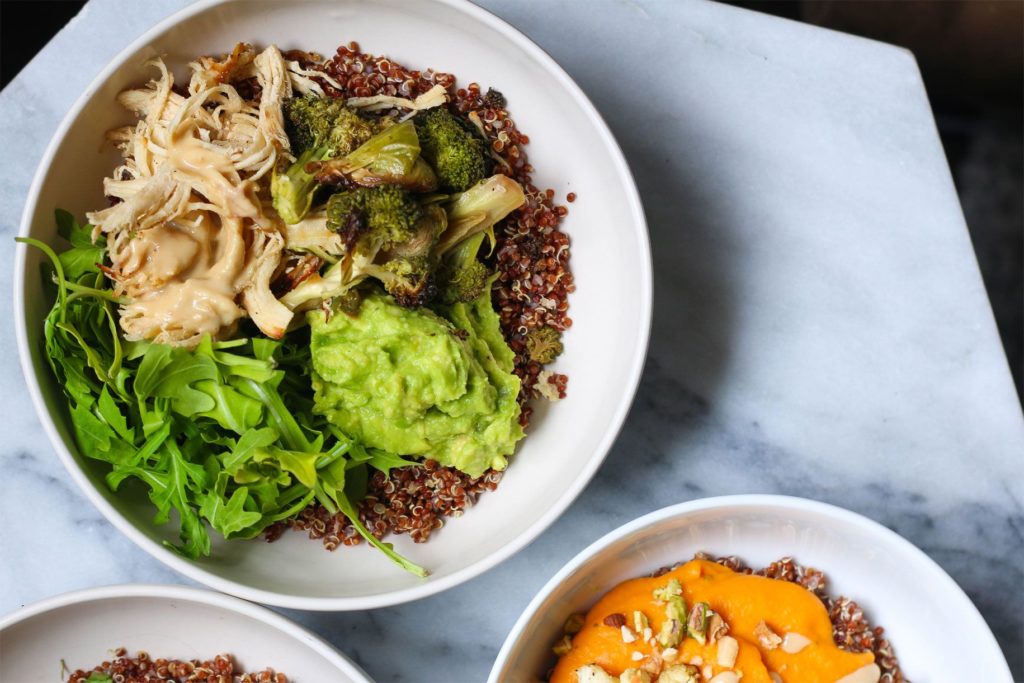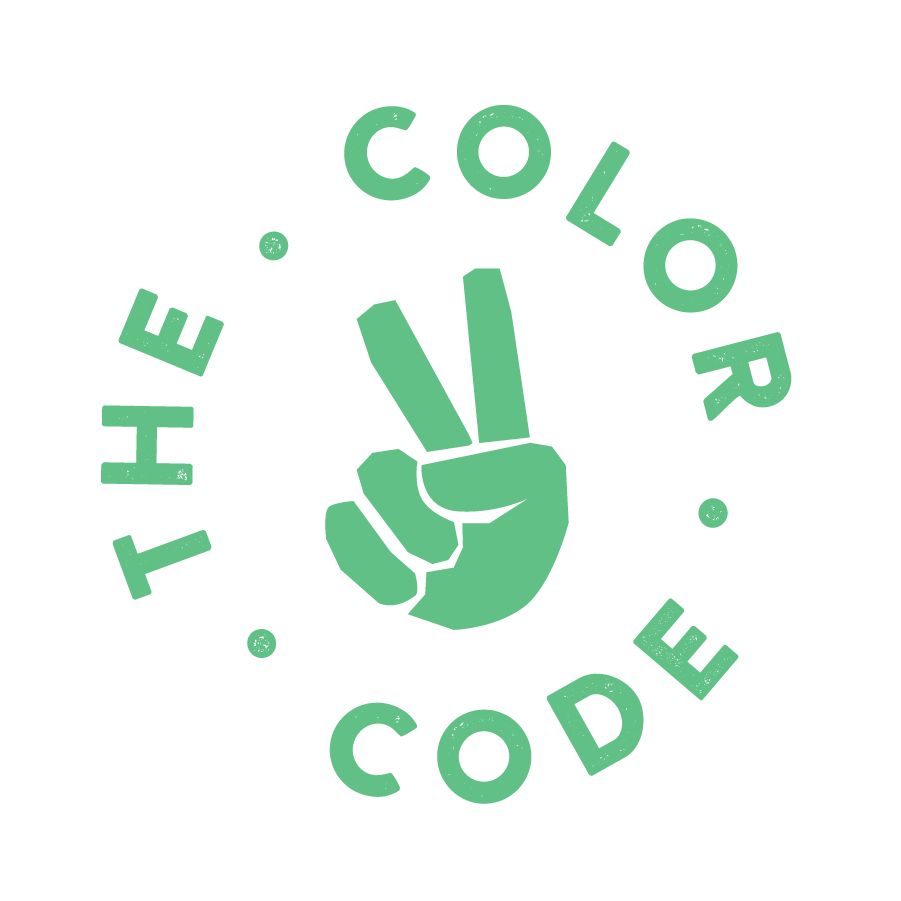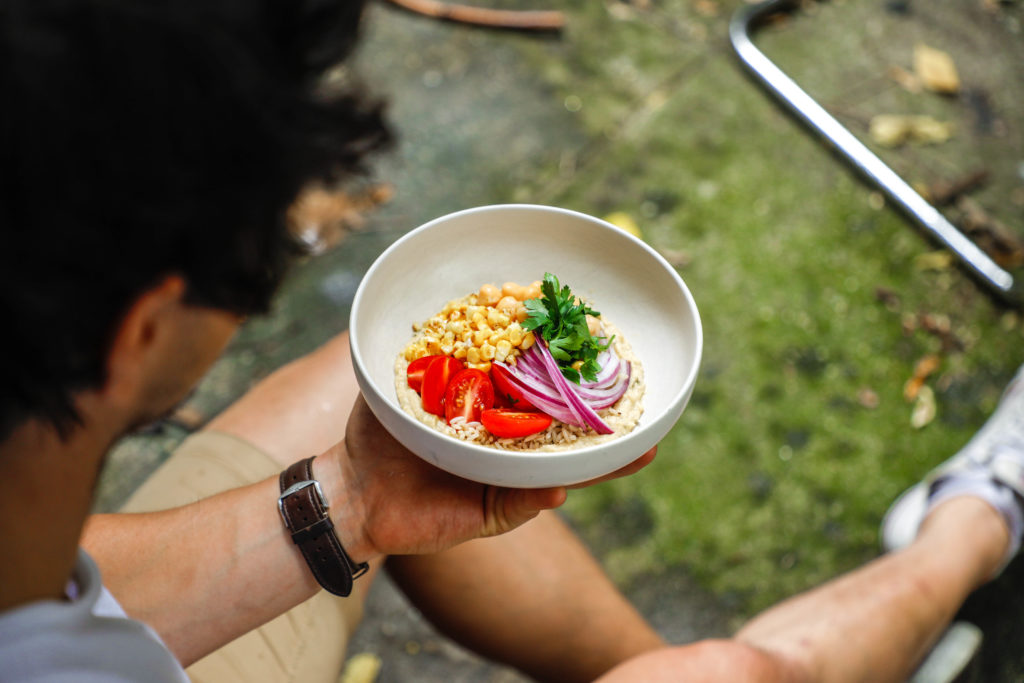What is the problem?
Nutrition labels don’t make it intuitively easy to understand what’s in our food. Comparing products may come down to minute details that don’t make the most sense to the consumer. We need a better way to understand the nutritional qualities of our food, what its ingredients are, and when/how we should consume it. Is it good for weight loss? Healthy skin? Brain function? These are the things the modern-day consumer wants and needs to know about when choosing ingredients and recipes.
What is the solution?
Our mission is to provide a solution to this problem with an easy to understand code that takes the guesswork out of your food. The code consists of three easy parts, and is colorful and intuitive to the consumer. With a quick glance, you can know that you have a trusted product for whatever your nutritional needs may be, or the best ingredient to do a job in your kitchen. Without reading a single number, or interpreting a confusing list of ingredients, you will know that a product is safe, effective, and perfect for your lifestyle.

Our core principles
- INTUITIVE: make colors & nutrition labels intuitive and easy to understand
- NO NUMBERS: use quick labels, colors, and words rather than numbers
- CONSISTENT: across recipes and products, code components always mean the same thing
Components of the code
- The color circle: a small round circle on each recipe shows you what colorful benefits you’re getting in a recipe! These colors link back to specific nutritional benefits, which I’ll explain more below.
- “Perfect for”: you’ll also see within each recipe what a certain dish might be perfect for. This means things like workouts, feeding a crowd, boosting protein, getting in your complex carbs, or improving immunity. We all love knowing that our food has benefits other than just a great taste!
- Mini labels: finally, you’ll see on each dish labels that are more traditional to what you might see on a packaged food, things like P for paleo, V for vegetarian, etc. This helps you choose recipes that are ideal for your dietary preferences.

The color categories
The most vital aspect of designing this color code was to make it easy to know where the nutrients in a dish are coming from. Each recipe, as you’ll see, will have a dot that shows the “primary” color in that recipe. For example, in a my crispy breakfast potato dish, you see a lot of vibrant orange.
But what does that represent? Well, you can check out the code below to see what nutritional benefits you’re actually getting from eating that particular food. The goal is to help you prioritize dishes that will give you, say, antioxidants, or calcium, depending on what you might be after!
- Red: apples, red berries, beets, peppers, tomatoes, potatoes
- Antioxidants (vitamin A, vitamin C); skin, hair, bones, weight loss
- Check out the red vibrancy in this healthy habit breakfast oatmeal!
- Orange: oranges, beets, squash, carrots, sweet potato, pumpkin, papaya, mango, nectarine
- Vitamin A, vitamin C, potassium, lycopene
- Check out some orange goodness in this recipe for crispy colorful breakfast potatoes
- Yellow: lemon, corn, yellow carrots, pear, apple
- Vitamin C, heart health, vision, digestion, immunity, skin, bones
- Yellow can be seen in this recipe for a healthy lemon meringue pie!
- Green: any kind of lettuce, dark leafy greens, pesto, avocado, herbs, kiwi, lime, peas, leek, cucumber, celery, beans, endive, artichoke, broccoli
- Calcium, vitamins B, C, E, K, magnesium, potassium, immunity, bones
- Greens are abundant across so many of my recipes. Check out this one for a 10 minute vegetarian lunch bowl!
- Blue/purple: fish, blueberries, plum, raisin, olives, eggplant, blackberries
- Antioxidants, resveratrol, immunity, cancer-fighting
- Blue and purple can be seen in this olive oil blueberry ricotta cake — a fan favorite
- White: cauliflower, white asparagus, garlic, onion, mushroom
- Weight loss, blood pressure reduction, cancer-fighting
- Find out why white foods are good for you in this recipe for dairy-free cauliflower mac and cheese!
- Brown: mushrooms, parsnips, potatoes, turnips, grains, nuts, beans
- Diabetes-fighting, heart health boosting, minerals, fiber, complex carbs, brain health
- Find out why brown foods can be so vital to your health in this recipe for Mexican scrambled eggs and beans
- Pink: watermelon, berries, fish
- Antioxidants, lycopene, omega-3s, riboflavin, calcium, bone health, vitamin D
- Pink foods are some of my favorites. Check out this healthy poke bowl recipe with salmon!
The “perfect for” categories
Below you’ll see a list of just some of the categories you can expect when it comes to the “perfect for” you’ll see on recipes. Each recipe may have more than one category, so you can be sure you’re getting multiple benefits.
- Serving a crowd
- Pre-workout
- High in energy, fueling
- Building muscles
- Recovery from workout
- Immune boost/antioxidant rich
- Anti-inflammatory
- Impressing friends
- Meal prep
- Weight loss
- Glowing skin
- Joint/bone health
- Heart health
- Brain health
The label categories
These are relatively self-explanatory! Just check the labels on each recipe to see whether it meets your dietary preferences or restrictions. An easy way to tell if you’re eating the things that make your body thrive!
- GF = gluten free
- P = paleo
- LC = low carb
- LS = low/free of sugar
- VV = vegan
- V = vegetarian
- HP = high protein




